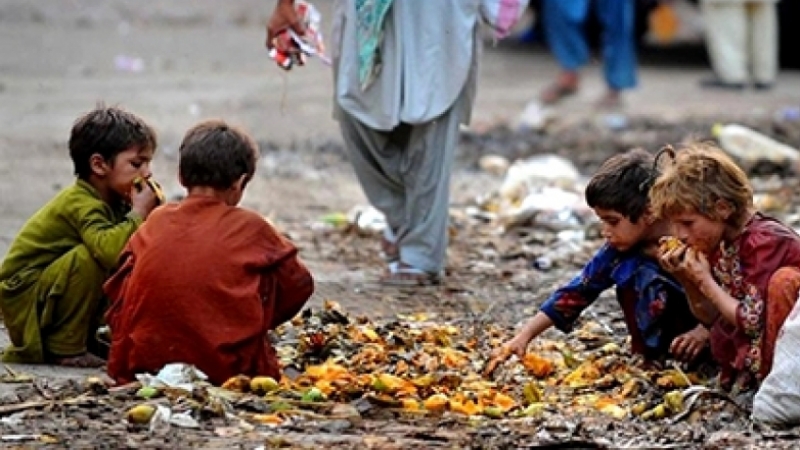
Pakistan’s economy continues to remain in doldrums, even though the government of Prime Minister Imran Khan keeps the public pretense that all is well and will become even better. Pakistan once again has to re-enter the IMF program, that has been in limbo since March 2021, promised commitments, then reneged and now again has to renegotiate.
In a recent visit to Karachi, Minister of Finance, facing pushback from business community the Minister reminded his audience “that the country is in an IMF programme, that fiscal space is tight and the situation emerging from the fall of Kabul to the Taliban is rife with uncertainty. “We don’t know where the camel will sit” he said, a veiled and subtle reference to the uncertainty arising from the new regional situation that has opened up with the implosion of Ghani’s government in Kabul and how the rout by the Taliban might impact Pakistan’s relations with the United States.”
According to economic journalist, Khurrram Hussain, Tarin’s job is “to feed two ferocious appetites simultaneously: the powerful military establishment and the political government in Islamabad.” So Tarin “has a high-wire act to perform, balancing the resource requirements emanating from both sides, while finding his way back onto the IMF programme.”
Right now, the $ 2.8 billion from IMF has provided some relief to Pakistan, “but it would be damaging for him if the forthcoming review with the Fund, that is scheduled to begin in a few weeks, were to again remain inconclusive. That would be a signal to Pakistan’s creditors that things are not going well and given the growing reliance on short-term debt to secure government financing and shore up the reserves, could signal trouble for the exchange rate.”
Hussain concludes by warning that “Tarin has to watch out for the inherent contradiction in the government’s plans. Gunning growth through public expenditure inevitably gives rise to external sector imbalances in Pakistan. The reason is simple. A growing economy requires more imports as raw materials, while exports fail to keep pace. The net result is the country ends up financing its trade deficit through remittances, or short-term borrowing. This time they are counting on remittances to grow by around 10pc from last year’s high of $28bn, but every month they fail to see this 10pc growth means the subsequent months have to show an even larger growth to keep pace and meet expectations. If remittances fail to grow at the projected rate, it will spell serious trouble for the stability of the macroeconomic framework, and the government’s drive to pump growth.”
![]()





